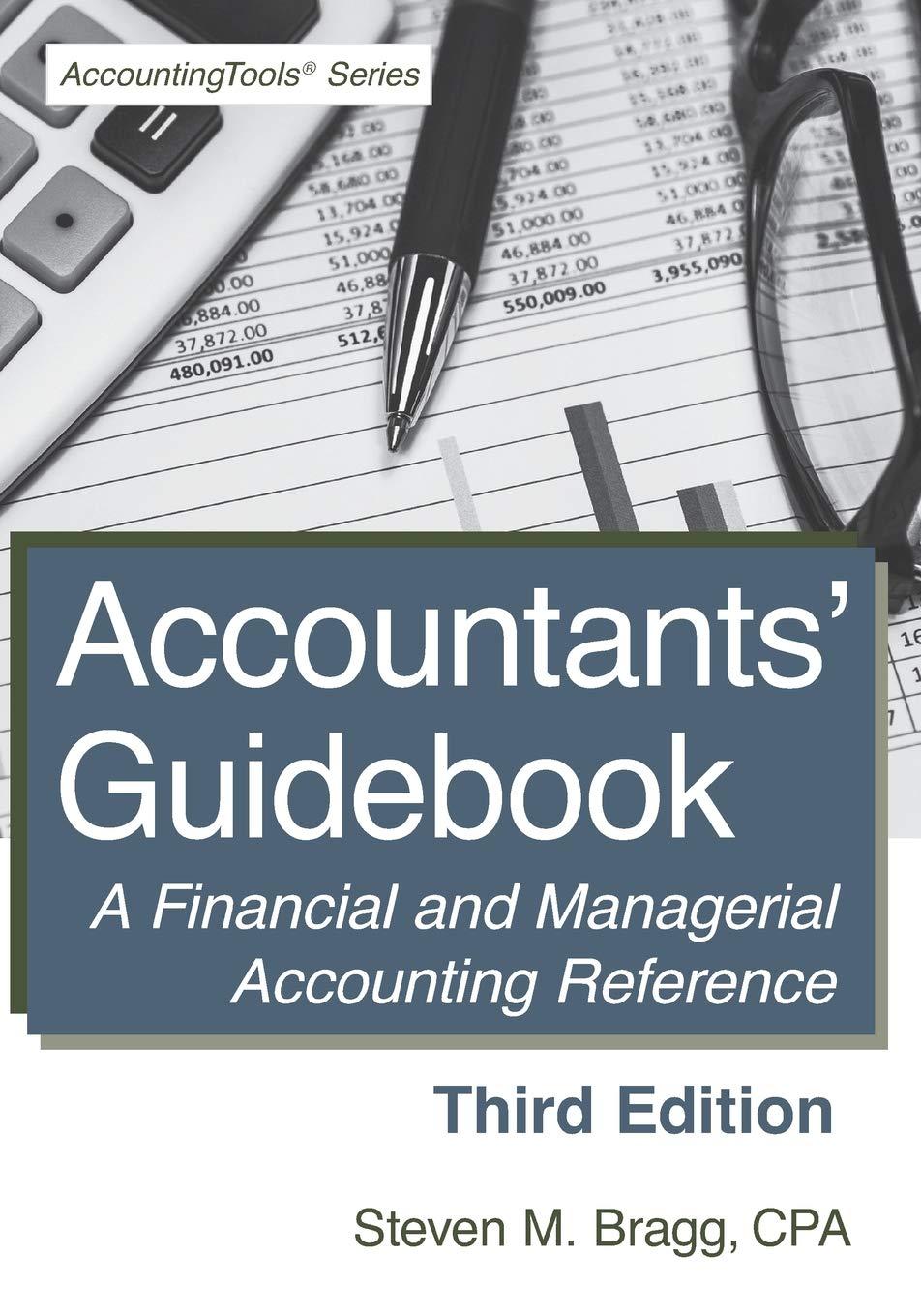Question
1. Which of the following is true with regards to the accrued interest on bonds payable that are sold between interest dates? Group of answer
1. Which of the following is true with regards to the accrued interest on bonds payable that are sold between interest dates?
| Group of answer choices |
| The accrued interest is computed using the effective rate |
| The accrued interest is extra income to the buyer and treated as bond issue cost of the buyer |
| The accrued interest will be paid to the seller when the bonds mature |
| The accrued interest is added to the issue price of the bond to determine the total cash proceeds from bond issuance |
2.
| An unrealized gain (losse) on debt investments classified as FV through other comprehensive income, which is a result of comparing the fair value of the investment and its amortized cost at year-end will always be: | |||||||
| Group of answer choices | |||||||
| the amount reported in the statement of financial position as unrealized gain (loss). | |||||||
| the amount reported in the statement of comprehensive income as unrealized gain (loss). | |||||||
| the amount of interest income earned during the period. | |||||||
| the amount reported as the value of asset in the statement of financial position. | |||||||
3.
| Under IFRS 9: Financial Instruments, which of the following is TRUE regarding reclassification of financial assets? | |||||||
| Group of answer choices | |||||||
| If an entity reclassifies a financial asset out of the amortized cost measurement category and into the fair value through other comprehensive income measurement category, its fair value is measured at the reclassification date. Any gain or loss arising from a difference between the previous amortized cost of the financial asset and fair value is recognized in other comprehensive income. The effective interest rate and the measurement of expected credit losses are adjusted as a result of the reclassification. | |||||||
| If an entity reclassifies a financial asset out of the fair value through profit or loss measurement category and into the amortized cost measurement category, its fair value at the reclassification date becomes its new gross carrying amount. | |||||||
| If an entity reclassifies a financial asset out of the fair value through other comprehensive income measurement category and into the fair value through profit or loss measurement category, the financial asset continues to be measured at fair value. The cumulative gain or loss previously recognized in other comprehensive income is reclassified from OCI to retained earnings as a reclassification adjustment at the reclassification date. | |||||||
| If an entity reclassifies financial assets, it shall apply the reclassification prospectively from the reclassification date. The entity shall restate any previously recognized gains, losses (including impairment gains or losses) or interest. | |||||||
4. A debt investment initially classified as DI at FVTOCI was reclassified to DI at AC, any unrealized gain (loss) in equity shall be recycled in profit or loss as gain (loss) on reclassification.
True
False
Step by Step Solution
There are 3 Steps involved in it
Step: 1

Get Instant Access to Expert-Tailored Solutions
See step-by-step solutions with expert insights and AI powered tools for academic success
Step: 2

Step: 3

Ace Your Homework with AI
Get the answers you need in no time with our AI-driven, step-by-step assistance
Get Started


